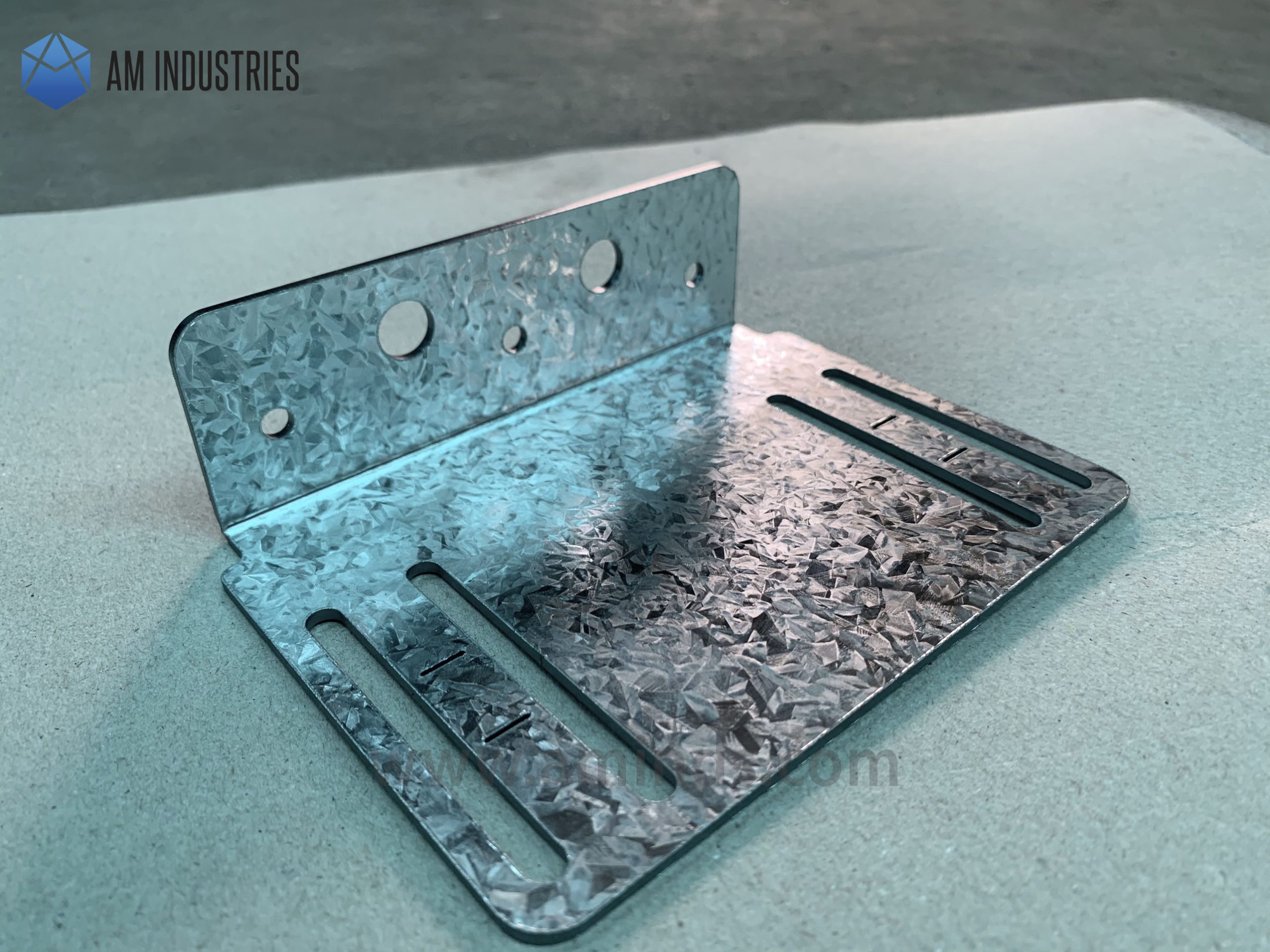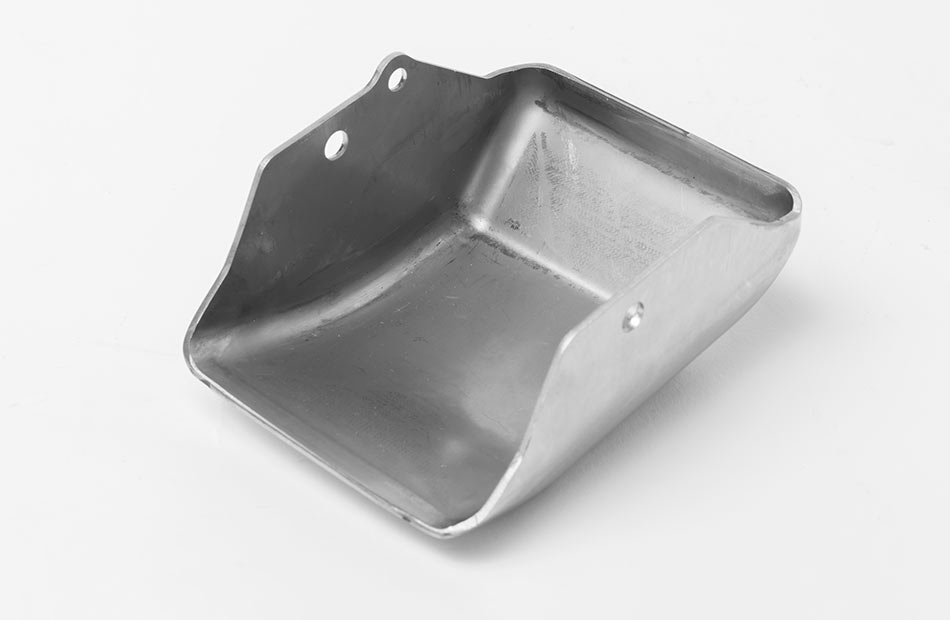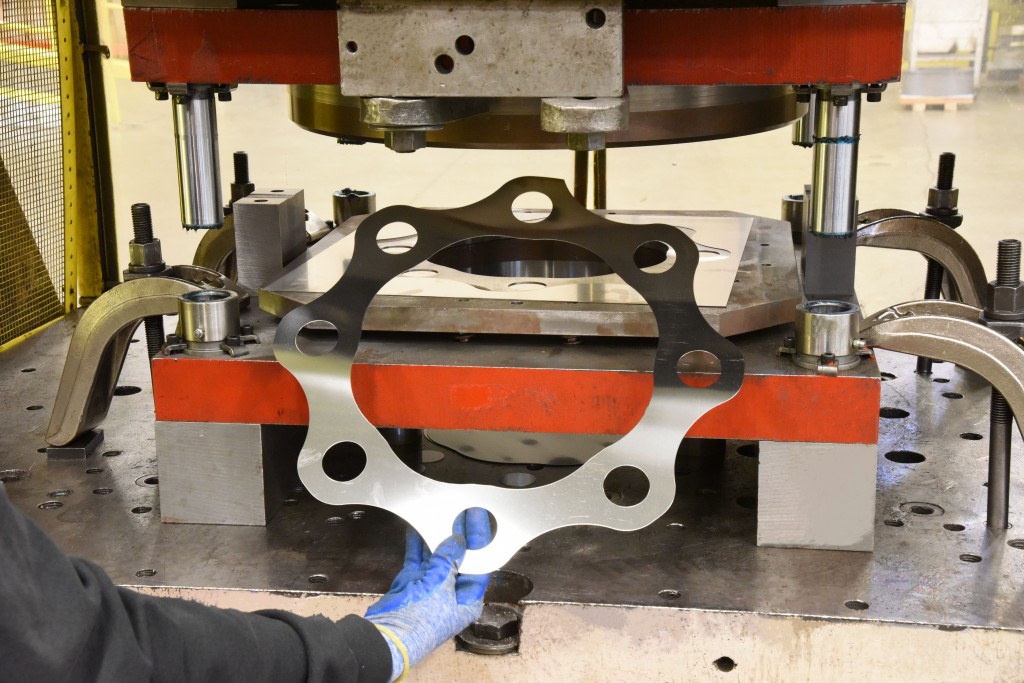Steel Marking Advancements: Elevating Manufacturing Processes for Superior Outcomes
In the realm of making processes, steel marking has actually long been a foundation strategy for producing an array of precision parts. With the relentless march of technical improvement, the landscape of steel marking is undertaking a substantial makeover.
Evolution of Steel Stamping Techniques

Furthermore, advancements in product science have caused the development of high-strength alloys that can currently be flawlessly marked right into intricate forms, catering to a more comprehensive array of commercial applications. The integration of robotics and expert system has actually additionally optimized the marking procedure by enhancing speed and precision while decreasing the risk of human mistake.

Influence of Advanced Products
Have sophisticated materials changed metal marking processes substantially in the production sector? The response is a definite yes (Metal Stamping). The integration of innovative materials has revolutionized metal stamping, making it possible for producers to achieve higher accuracy, enhanced efficiency, and boosted item quality. By using materials such as high-strength alloys, progressed compounds, and ingenious finishes, steel stamping processes can now generate elements that are lighter, more powerful, and extra resilient than ever.
These advanced materials offer exceptional mechanical residential or commercial properties, corrosion resistance, and thermal security, permitting suppliers to satisfy the demands of contemporary markets such as aerospace, auto, and electronic devices. Additionally, using advanced products in steel stamping has actually promoted the production of complicated geometries and elaborate layouts that were previously unattainable via standard techniques.
Furthermore, the execution of advanced materials has actually led to decreased product waste, lower production expenses, and much shorter preparations, making steel marking procedures extra cost-effective and lasting. As modern technology remains to development, the influence of sophisticated materials on metal marking processes is expected to drive additional development and improve the competition of manufacturers in the worldwide market.
Automation in Metal Stamping
The development of metal marking procedures driven by the integration of advanced products has established the stage for substantial innovations in automation within the manufacturing market. Automation in steel marking has revolutionized manufacturing procedures, improving effectiveness, accuracy, and total outcome quality. With the use of robotics, sensors, and computer-controlled systems, jobs that were taxing and when manual can now be implemented with unrivaled speed and precision.
Automation in steel stamping not only speeds up manufacturing rates yet likewise makes sure uniformity in the production procedure. By minimizing human treatment, the risk of mistakes is significantly minimized, bring about greater degrees of product harmony and dependability. Additionally, automation allows producers to undertake complicated stamping jobs that would certainly be tough or unwise to accomplish by hand.
Furthermore, automation in steel stamping adds to a more secure working environment by minimizing the demand for employees to take part in hazardous or repeated jobs - Metal Stamping. This shift in the direction of automation not just enhances performance yet also leads the way for the future of production, where innovation plays a central function in driving operational quality
Quality Assurance and Assessment Equipments
With a focus on precision and dependability, top quality control and inspection systems play a crucial duty in guaranteeing product excellence in steel marking processes. These systems are designed to monitor every phase of manufacturing, from material assessment to the last product, to assure that all parts fulfill the needed criteria. By applying sophisticated technologies such as optical assessment systems, coordinate measuring machines (CMM), and automated evaluating tools, suppliers can detect also the tiniest deviations in dimensions, surface area quality, and overall integrity of stamped components.

Sustainability Practices in Metal Stamping
Building upon the structure of accuracy and dependability established through quality assurance and assessment systems, the integration of lasting methods in steel marking procedures is increasingly coming to be a focal point for makers looking for to reduce environmental impact and optimize source application. Sustainability practices in steel marking include a variety of initiatives targeted at reducing waste generation, energy intake, and greenhouse gas emissions throughout the manufacturing procedure.
One secret aspect of sustainability in steel stamping is the fostering of green materials and technologies that promote recyclability and waste decrease. By utilizing recycled products and applying energy-efficient equipment, makers can decrease their carbon impact and add to a more sustainable manufacturing cycle. In addition, maximizing manufacturing procedures to lessen material waste and energy usage not just profits the environment however likewise leads to set you back financial savings for companies in the lengthy run.
Moreover, the implementation of sustainable techniques in metal stamping can enhance brand credibility and attract environmentally mindful customers. As sustainability remains to gain value in the manufacturing industry, integrating eco-friendly initiatives right into metal marking procedures is vital for long-term success and competition in the market.
Conclusion
In conclusion, metal marking methods have dramatically advanced with time, incorporating innovative materials and automation to enhance manufacturing procedures. Quality control and assessment systems play an essential function in ensuring remarkable outcomes, while sustainability techniques are progressively being carried out to reduce ecological impact. These technologies in steel marking have reinvented the market, leading to a lot more sustainable and effective production approaches for various markets.
Metal stamping, as soon as a manual and labor-intensive procedure, has actually changed right into an extremely automated and sophisticated technique of check it out forming steel sheets right into various forms and styles.Have innovative materials changed metal stamping procedures considerably in the manufacturing sector? By using materials such as high-strength alloys, progressed compounds, and ingenious finishes, metal marking processes can currently generate components that are lighter, more powerful, and more resilient than ever before.
The evolution of steel stamping processes driven by the integration of advanced materials has actually set the phase for considerable innovations in automation within the manufacturing sector.In final thought, steel stamping techniques have significantly evolved over time, integrating sophisticated products and automation to improve manufacturing processes.